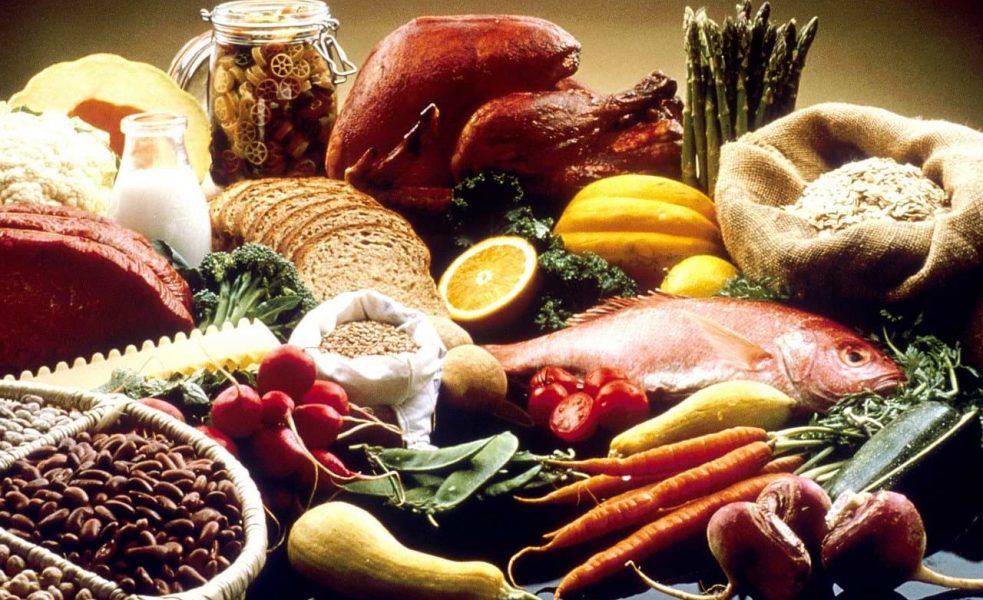Veganism has always been a controversial issue for many people: to some, it’s an unnecessary trend that creates this feeling of undue superiority in its practitioners, while others believe it’s the only way to live a morally upright and ethical life. In recent years, however, the argument seems to swing in favor of vegans, with veganism on the rise in the country and in North America in general.
Despite the rise, however, a pretty large number of people are quitting veganism and going back to an omnivorous diet, with many of these people being practicing vegans for the better part of a decade. So why the sudden change of heart?
Researchers from various fields poured through tons of dietary data from major swaths of the American population, and what they found was pretty surprising.
Veganism in Numbers
Researchers analyzed a study of the dietary habits of more than 11,500 people in the country and separated this meat-avoiding group into two:
- True vegans: Those who ate a strict vegan diet that completely avoided any contact with animal products (including cooking utensils, cosmetics, accessories, etc.)
- Vegetarians: Those who ate a diet consisting mostly of vegetables, but did not eschew using animal products outside of culinary purposes.
Of these two groups, only 0.5% of them remained true vegans, while only 1.5% identified as vegetarians. Moreover, in this particular study, scientists found that roughly 5 out of 6 people were former vegans who went back to eating meat after a period of time.
Both vegetarians and vegans had a propensity to backsliding into meat-eating: 70% of vegans and 86% of vegetarians returned to an omnivorous diet for varying reasons, including health, wellness, and political views. However, almost 40% of these ex-vegans and ex-vegetarians indicated that they wouldn’t mind and/or are interested in returning to a completely vegetarian/vegan diet.
But perhaps the implication of their study is this: that the goal of veganism, that is, the complete elimination of the consumption of meat, is actually less effective than reducing meat consumption.
Veganism: Part of the Problem?
One of the largest arguments against the consumption of meat, aside from ethical and moral grounds, is the negative impact livestock production and meat processing has on the environment. However, because of the global call for the reduction of meat production which has directly led to the reduction of grazing farmland, livestock producers are now being forced to keep their cattle in feedlots, which has ironically led to more greenhouse gas emissions and an increase in the unethical treatment of these animals.
But it’s not just the reduction of meat consumption that’s contributing to the problem: one of the primary sources of protein in a vegan diet is soy. Unfortunately, with the rise of people following a vegan diet comes a drastic rise in demand for soy. This increase in demand has also led to the rise in the development of soy plantations, a growing cause for deforestation and the displacement of farmers and indigenous peoples in places like Brazil and Argentina (two of the largest soy producers in the world). This applies to other types of crops prevalent in the vegan diet, like quinoa, grains, and other vegetables.
One solution being proposed is providing safeguards for both meat and agricultural production, which is designed to reduce greenhouse gases, deforestation, and displacement. By maintaining a balance between meat-based and plant-based production, researchers believe that it could very well be a sustainable solution to the environmental impact both industries pose; instead of replacing one problem with another, it’s better to strike a balance between the two and reap the benefits of both while reducing their respective downsides.
Why Quitting Veganism Can Be Good For Your Health
Let’s get one thing straight: a vegan diet can be one of the healthiest diets out there, especially with more and more researchers finding a correlation between red meat consumption and heart disease. Notice, however, the operative word can; a vegan diet, when not done properly, can lead to the same problems as a meat-based diet:
A Vegan Diet Can Lead to Digestive Problems
One of the most oft-cited problems people report when they go vegan is digestive problems. This makes sense, considering that most people who become vegan do so later in life after they’ve spent the majority of their adulthood eating meat. A radical change in diet would most certainly lead to minor, most often temporary digestive issues; however, some people can experience moderate and persistent digestive problems because of their vegan diet.
Many vegans complain about an increase of acid in their stomach, leading to ‘leaky gut syndrome’: a condition wherein excess stomach acid starts breaking down the intestinal walls and causing small gaps and holes which become host to bacteria and toxins. Other problems include excessive gas (caused by the heavy consumption of beans and legumes), and acid reflux.
A Vegan Diet Can Bring Down Your Immune System
Vitamins B9 and B12 are essential to a healthy immune system; unfortunately, they’re also hard to come by in a vegan diet. Most B vitamins are derived from meat and dairy products like egg and cheese. They can be derived from vegan-friendly foods like whole grains, legumes, and leafy greens.
However, to get the recommended daily intake of these vitamins from a strict vegan diet, a person would have to consume excessive amounts of vegetables.
Some People Experience Skin Problems
People new to veganism will often notice that they start breaking out and developing acne, pimples, and other skin problems. This is directly related to a lack in the bio-soluble form of Vitamin A. This particular vitamin can only be found naturally in animal products, particularly seafood and butterfat. Plant-based carotenes, which function similar to Vitamin A, can be found in plant-based foods, specifically root crops like carrots, yams, and sweet potatoes.
Unfortunately, the conversion rate of carotenes, that is, converting it from a plant mineral into a vitamin that your body can process, is fairly weak, with most of its healthy aspects being lost in the conversion, with only 3% being converted into something your body can process.
Quitting Veganism the Right Way
Despite the hardline stance many vegans take in terms of morality and ethics, if veganism isn’t right for you because of health reasons, there should be no shame in reintroducing meat into your diet. However, quitting veganism isn’t as simple as just eating a wagyu steak after spending 10 years avoiding meat; quitting veganism should be a long process that involves a gradual reintroduction of meat-based food into your diet.
Take note, however, that reintroducing meat does NOT mean stopping the consumption of vegetables and other whole foods; rather, it’s about finding a balance between the two and constructing a diet that is holistic and complete.
Start Slow
Just like when you start going on a vegan diet, a gradual conversion is much better than a sudden shift. People who consider quitting veganism should also take it slow and reintroduce meat in a slow and gradual process, usually taking weeks or even months.
In this way, your body isn’t shocked by the sudden influx of animal-based proteins, which may lead to intestinal and other health problems.
Do Bother with Honey
Honey has a whole host of health benefits including lowering your blood pressure, antibacterial properties and is a great natural cough suppressant. It’s also the gentlest animal product that will help you transition meat back into your diet.
Add a little bit of honey into your tea or coffee when you start quitting veganism, and you’re more likely to integrate meat back into your diet without major adverse effects.
Mix Vegan Snacks with Meat or Dairy
Just because you’re reintroducing meat back into your diet doesn’t mean you have to stop eating vegan products: as much as possible, incorporate vegan foods like whole wheat, grains, and soy-products with your meat-based meals. In this way, you’re able to get your essential vitamins and minerals from multiple sources, not to mention enjoying a healthy and well-balanced diet.
Break Down Your Vegan Limitations One Dish at a Time
Again, reintroducing meat back into your diet after years of being vegan is a hard and often uncomfortable journey, which is why it’s often best to break through vegan limitations one at a time. This means adding non-vegan options into your food in small quantities and on one dish at a time: instead of getting the surf and turf, maybe opt for bacon bits as a topping to a salad, or getting sushi with your Buddha bowl.
As Always, Consult a Doctor
As with most things that concern your health, always consult a medical professional, specifically nutritionists and endocrinologists. Nutritionists can help you craft a specific diet that can help you strike a balance between meat and veggies, while an endocrinologist can determine what foods might be best for your immune system as you start quitting veganism.



